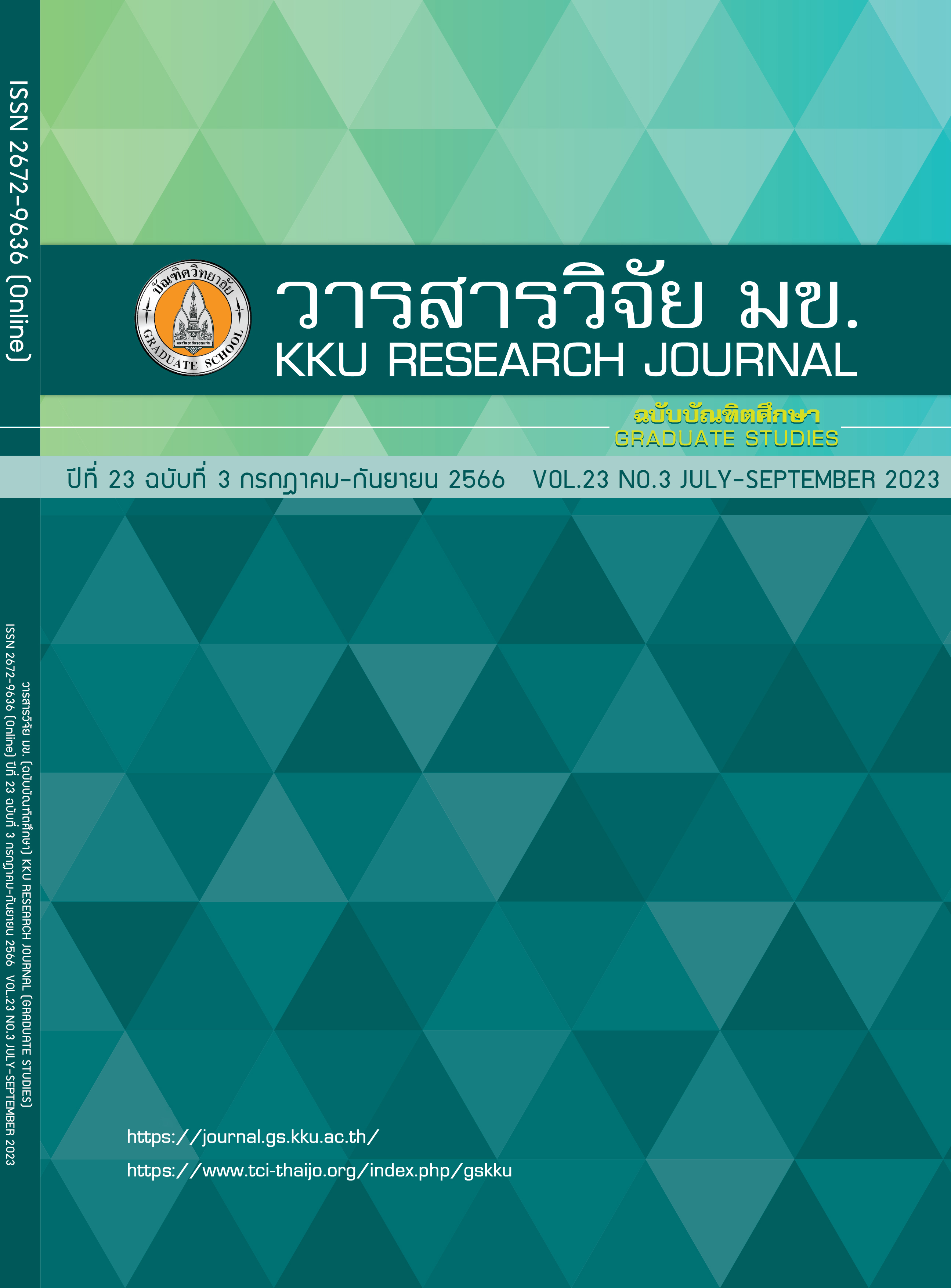Effects of Lower-Legs Warm-Water Immersion on Blood Pressure and Arterial Stiffness in Hypertensive Patients: a Pilot Study
Keywords:
Warm water immersion, Hypertension, Arterial stiffnessAbstract
Endothelial cell dysfunction causes arterial stiffness in hypertensive patients and contributes to the development of other chronic illnesses. Because warm-water immersion can improve the vascular functions, this study was aimed to evaluate its effect on changes in blood pressure and arterial stiffness in stage 1 hypertensive female patients (n=10). Their lower legs were immersed in 40-42 °C warm water for 30 minutes, 3 times/week for 8 weeks. The study shows a statistically significant reduction in blood pressure and cardio-ankle vascular index (CAVI) (p<0.001) post intervention, with no adverse effects. According to the findings, it can be concluded that immersion of the lower legs in warm water may become one of the simple and effective treatments for improving vascular function in the future.
References
NCD Risk Factor Collaboration. Worldwide trends in hypertension prevalence and progress in treatment and control from 1990 to 2019: a pooled analysis of 1201 population-representative studies with 104 million participants. Lancet. 2021; 398(10304): 957-980.
Mordi I, Mordi N, Delles C, Tzemos N. Endothelial dysfunction in human essential hypertension. J Hypertens. 2016; 34(8): 1464-1472.
Taddei S, Virdis A, Ghiadoni L, Sudano I, Salvetti A. Endothelial dysfunction in hypertension. J Cardiovasc Pharmacol. 2001; 38 Suppl 2: S11-4.
Avolio A. Arterial Stiffness. Pulse. 2013; 1(1): 14-28.
Cheng JL, MacDonald MJ. Effect of heat stress on vascular outcomes in humans. J Appl Physiol. 2019; 126(3): 771-781.
Romero SA, Gagnon D, Adams AN, Cramer MN, Kouda K, Crandall CG. Acute limb heating improves macro- and microvascular dilator function in the leg of aged humans. Am J Physiol Heart Circ Physiol. 2017; 312(1): H89-H97.
Brunt VE, Jeckell AT, Ely BR, Howard MJ, Thijssen DH, Minson CT. Acute hot water immersion is protective against impaired vascular function following forearm ischemia-reperfusion in young healthy humans. Am J Physiol Regul Integr Comp Physiol. 2016; 311(6): R1060-R7.
Thomas KN, van Rij AM, Lucas SJ, Cotter JD. Lower-limb hot-water immersion acutely induces beneficial hemodynamic and cardiovascular responses in peripheral arterial disease and healthy, elderly controls. Am J Physiol Regul Integr Comp Physiol. 2017; 312(3): R281-R91.
Brunt VE, Eymann TM, Francisco MA, Howard MJ, Minson CT. Passive heat therapy improves cutaneous microvascular function in sedentary humans via improved nitric oxide-dependent dilation. J Appl Physiol. 2016; 121(3): 716-723.
Brunt VE, Howard MJ, Francisco MA, Ely BR, Minson CT. Passive heat therapy improves endothelial function, arterial stiffness and blood pressure in sedentary humans. J Physiol. 2016; 594(18): 5329-5342.
Seedanoot N, Promkasikorn P, Paksanont P. Study of water temperature in a simple hot water bucket [BSc thesis]. Phitsanulok: Naresuan university; 2020. Thai.
Sun CK. Cardio-ankle vascular index (CAVI) as an indicator of arterial stiffness. Integr Blood Press Control. 2013; 6: 27-38.
Carter HH, Spence AL, Atkinson CL, Pugh CJ, Naylor LH, Green DJ. Repeated core temperature elevation induces conduit artery adaptation in humans. Eur J Appl Physiol. 2014; 114(4): 859-65.
Brunt VE, Minson CT. Heat therapy: mechanistic underpinnings and applications to cardiovascular health. J Appl Physiol. 2021; 130(6): 1684-16704.
Crandall CG, Wilson TE. Human cardiovascular responses to passive heat stress. Compr Physiol. 2015; 5(1): 17-43.
Shin TW, Wilson M, Wilson TW. Are hot tubs safe for people with treated hypertension? CMAJ. 2003; 169(12): 1265-1268.
Wijayanto T, Wakabayashi H, Lee JY, Hashiguchi N, Saat M, Tochihara Y. Comparison of thermoregulatory responses to heat between Malaysian and Japanese males during leg immersion. Int J Biometeorol. 2011; 55(4): 491-500.
Hu Q, Zhu W, Zhu Y, Zheng L, Hughson RL. Acute effects of warm footbath on arterial stiffness in healthy young and older women. Eur J Appl Physiol. 2012; 112(4): 1261-1268.
Laughlin MH, Newcomer SC, Bender SB. Importance of hemodynamic forces as signals for exercise-induced changes in endothelial cell phenotype. J Appl Physiol. 2008; 104(3): 588-600.
Johnson BD, Mather KJ, Wallace JP. Mechanotransduction of shear in the endothelium: basic studies and clinical implications. Vasc Med. 2011; 16(5): 365-377.
McGarity-Shipley EC, Schmitter SM, Williams JS, King TJ, McPhee IAC, Pyke KE. The impact of repeated, local heating-induced increases in blood flow on lower limb endothelial function in young, healthy females. Eur J Appl Physiol. 2021; 121(11): 3017-3030.
Hayashi K, Yamamoto T, Takahara A, Shirai K. Clinical assessment of arterial stiffness with cardio-ankle vascular index: theory and applications. J Hypertens. 2015; 33(9): 1742-57; discussion 57.
Naylor LH, Carter H, FitzSimons MG, Cable NT, Thijssen DH, Green DJ. Repeated increases in blood flow, independent of exercise, enhance conduit artery vasodilator function in humans. Am J Physiol Heart Circ Physiol. 2011; 300(2): H664-9.
Downloads
Published
Issue
Section
License
Copyright (c) 2023 KKU Research Journal (Graduate Studies)

This work is licensed under a Creative Commons Attribution-NonCommercial-NoDerivatives 4.0 International License.



